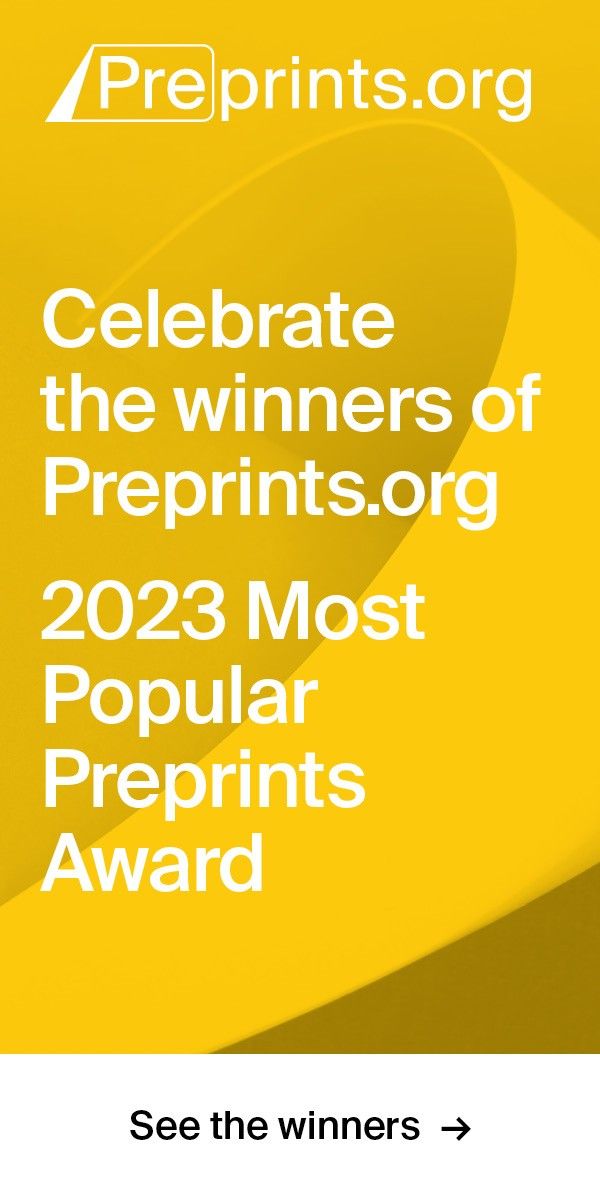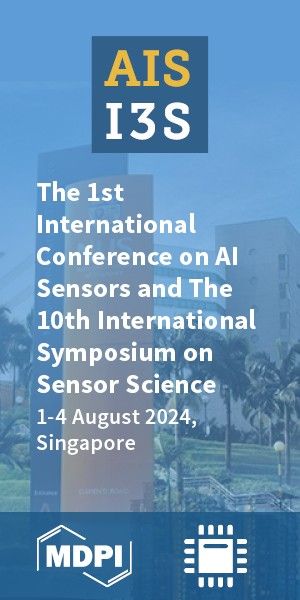Article
Version 1
This version is not peer-reviewed
LETR: An End-to-End Detector of Reconstruction Area in Blade’s Adaptive Machining with Transformer
Version 1
: Received: 19 September 2021 / Approved: 20 September 2021 / Online: 20 September 2021 (12:38:12 CEST)
Version 2 : Received: 1 January 2022 / Approved: 4 January 2022 / Online: 4 January 2022 (11:12:43 CET)
Version 2 : Received: 1 January 2022 / Approved: 4 January 2022 / Online: 4 January 2022 (11:12:43 CET)
How to cite: Yin, Z.; Liang, Y.; Ren, J.; An, J. LETR: An End-to-End Detector of Reconstruction Area in Blade’s Adaptive Machining with Transformer. Preprints 2021, 2021090332 Yin, Z.; Liang, Y.; Ren, J.; An, J. LETR: An End-to-End Detector of Reconstruction Area in Blade’s Adaptive Machining with Transformer. Preprints 2021, 2021090332
Abstract
In the leading/trailing edge’s adaptive machining of the near-net-shaped blade, a small portion of the theoretical part is retained for securing aerodynamic performance by manual work. However, this procedure is time-consuming and depends on the human experience. In this paper, we defined retained theoretical leading/trailing edge as the reconstruction area. To accelerate the reconstruction process, an anchor-free neural network model based on Transformer was proposed, named LETR (Leading/trailing Edge Transformer). LETR extracts image features from an aspect of mixed frequency and channel domain. We also integrated LETR with the newest meta-Acon activation function. We tested our model on the self-made dataset LDEG2021 on a single GPU and got an mAP of 91.9\%, which surpassed our baseline model, Deformable DETR by 1.1\%. Furthermore, we modified LETR’s convolution layer and named the new model after GLETR (Ghost Leading/trailing Edge Transformer) as a lightweight model for real-time detection. It is proved that GLETR has fewer weight parameters and converges faster than LETR with an acceptable decrease in mAP (0.1\%) by test results.
Keywords
Near-net-shaped Blade; Adaptive Machining; Small Object Detection; Neural Network; Transformer; Real-Time Detection
Subject
Engineering, Electrical and Electronic Engineering
Copyright: This is an open access article distributed under the Creative Commons Attribution License which permits unrestricted use, distribution, and reproduction in any medium, provided the original work is properly cited.
Comments (0)
We encourage comments and feedback from a broad range of readers. See criteria for comments and our Diversity statement.
Leave a public commentSend a private comment to the author(s)
* All users must log in before leaving a comment






